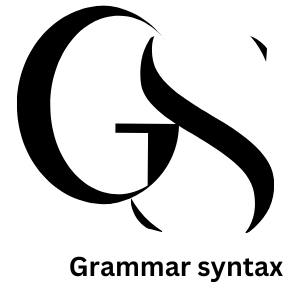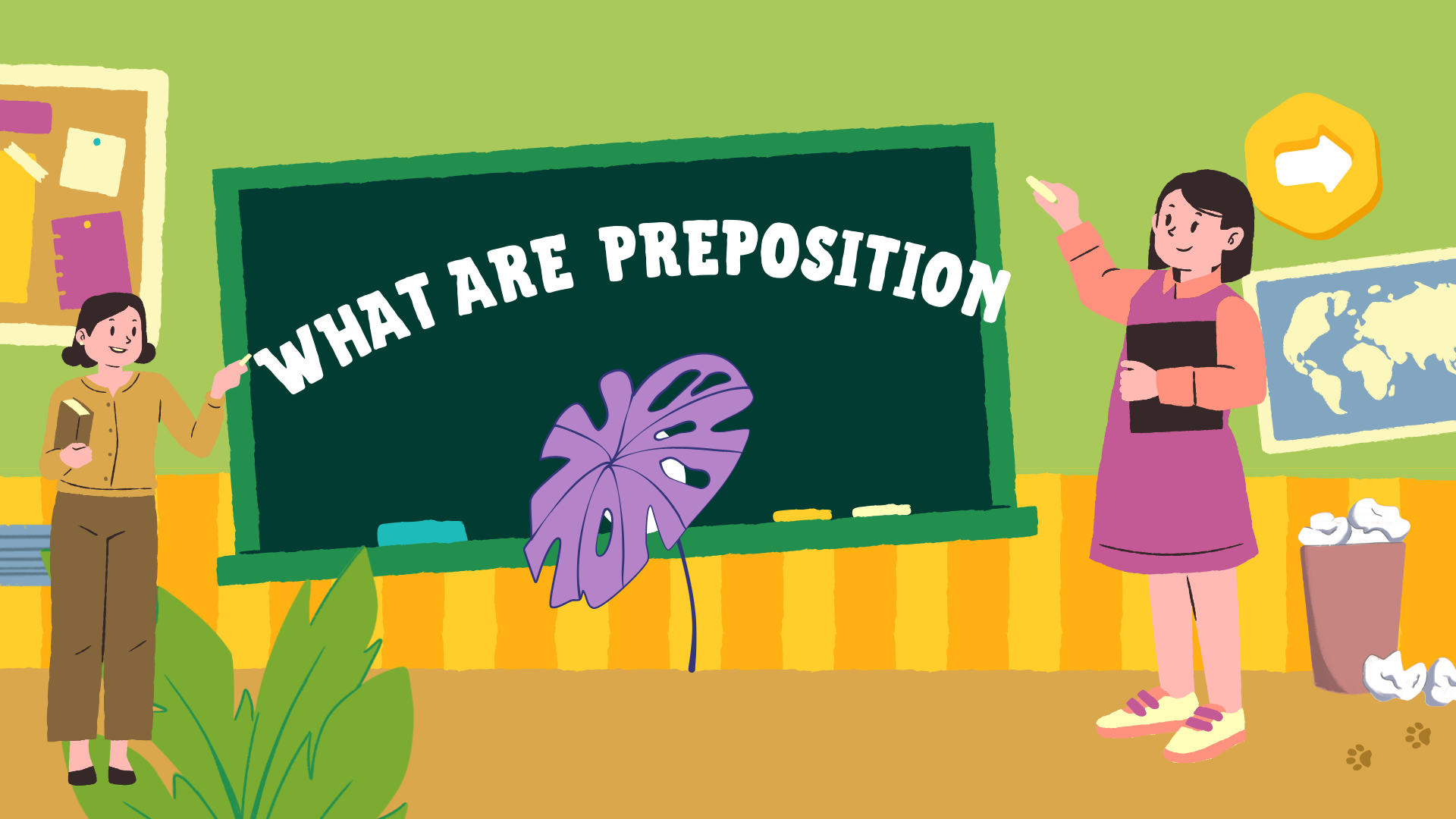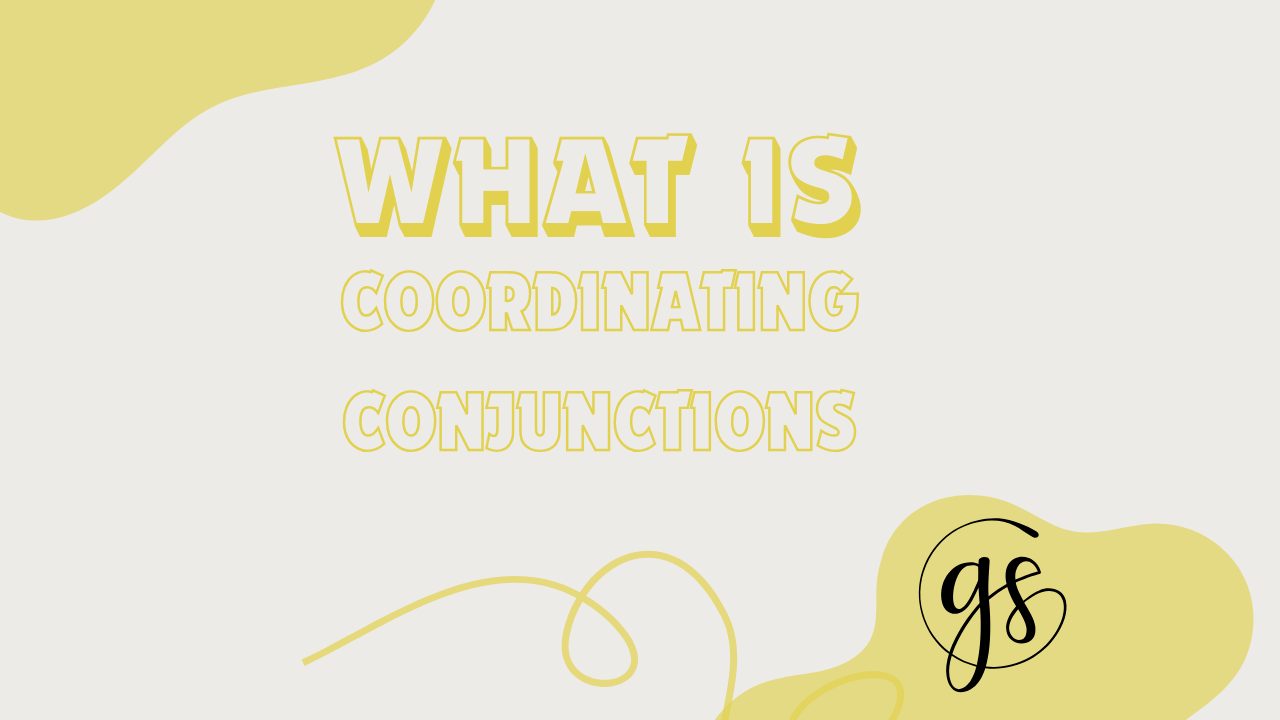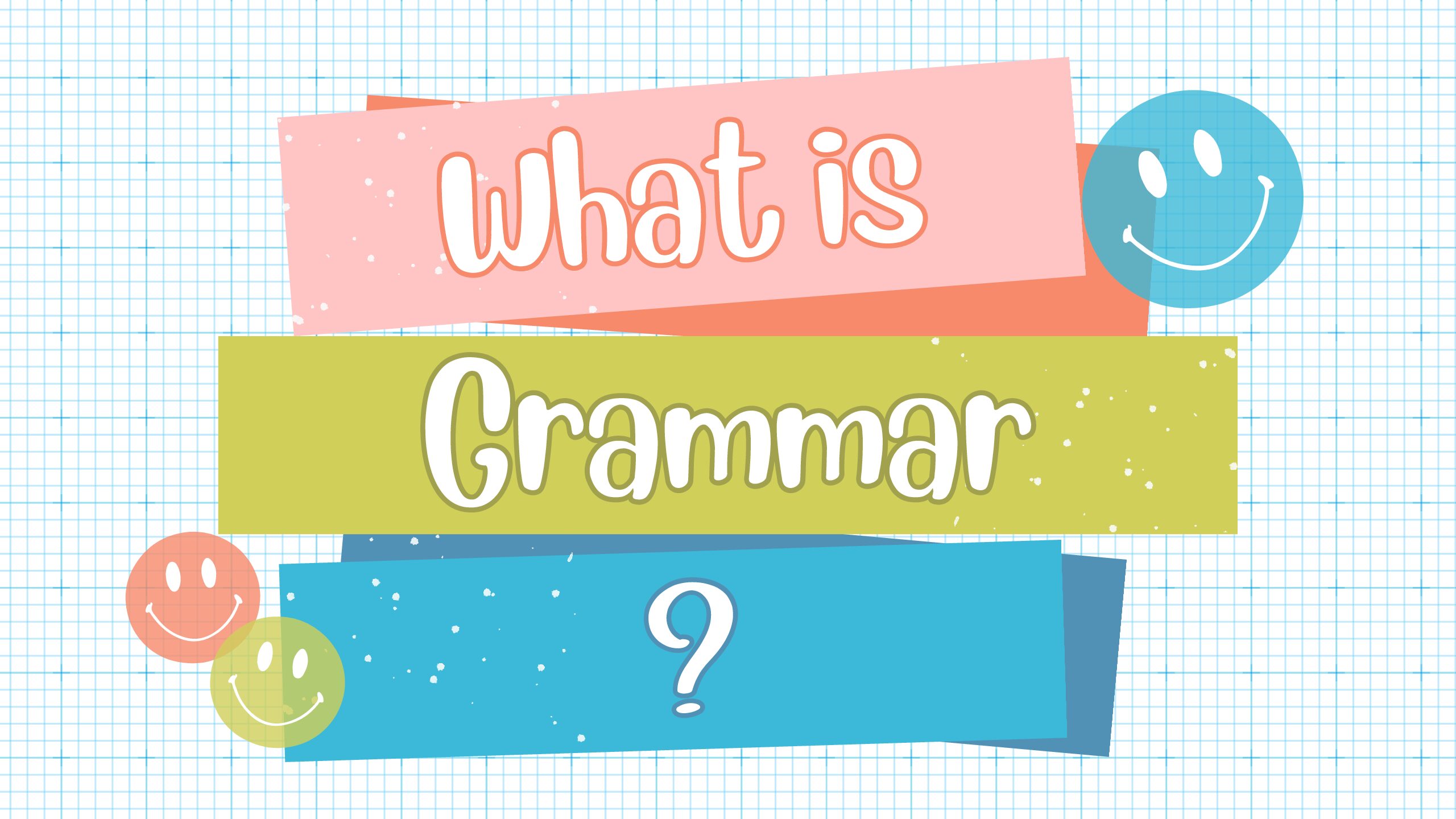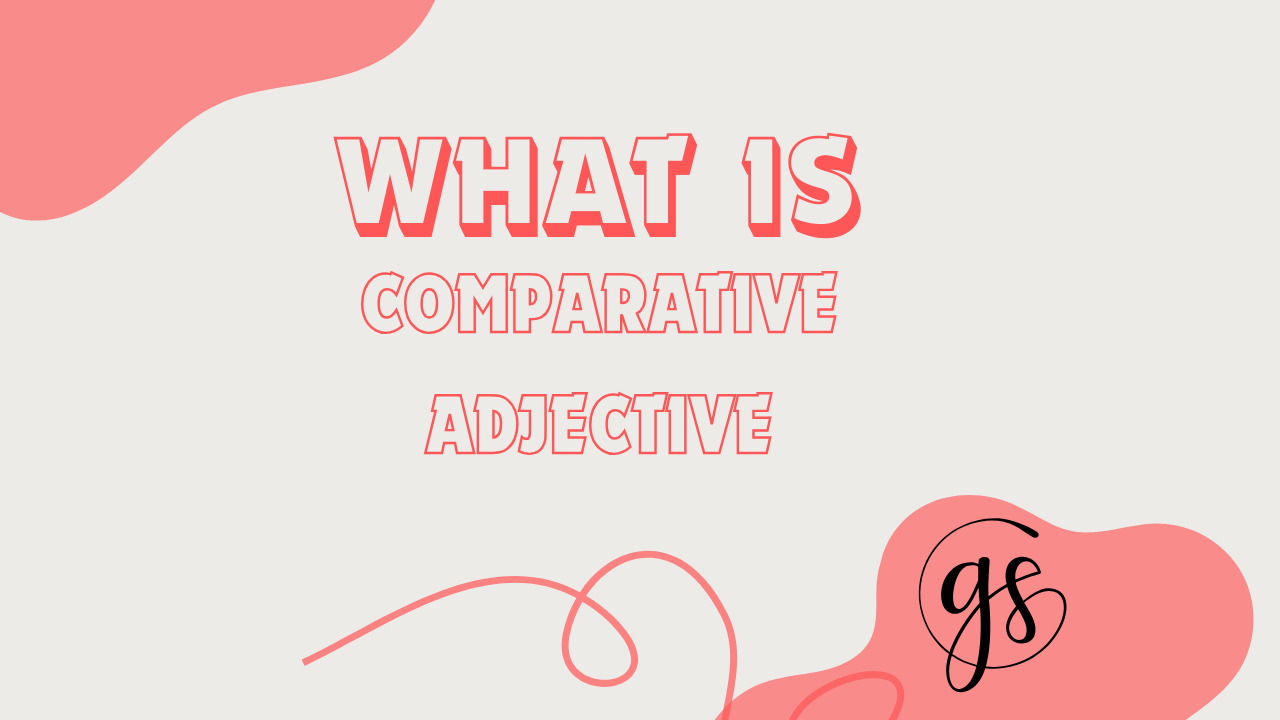What Are Prepositions? (Definition Plus Examples)
A preposition is an important component of parts of speech
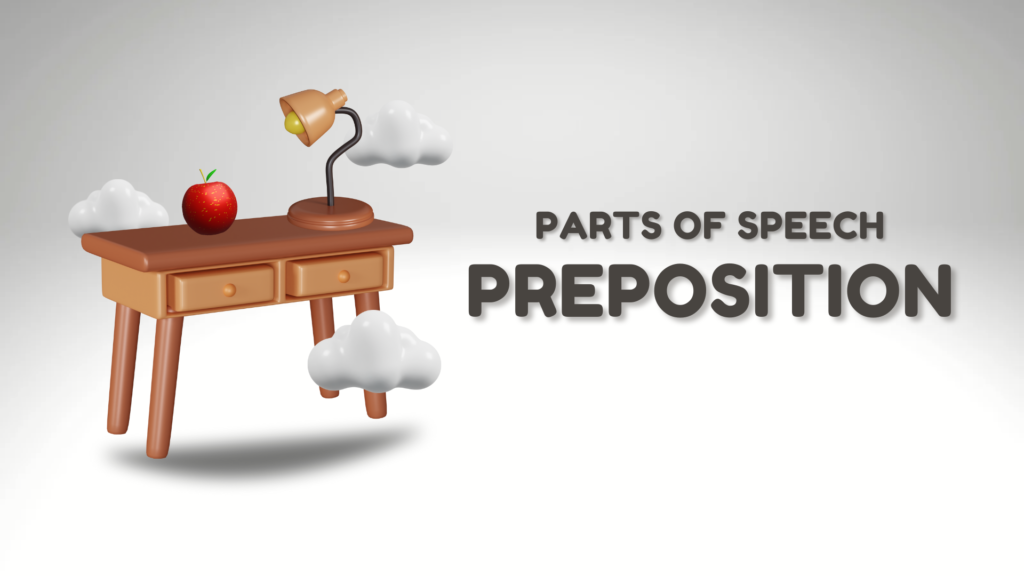
Definition:
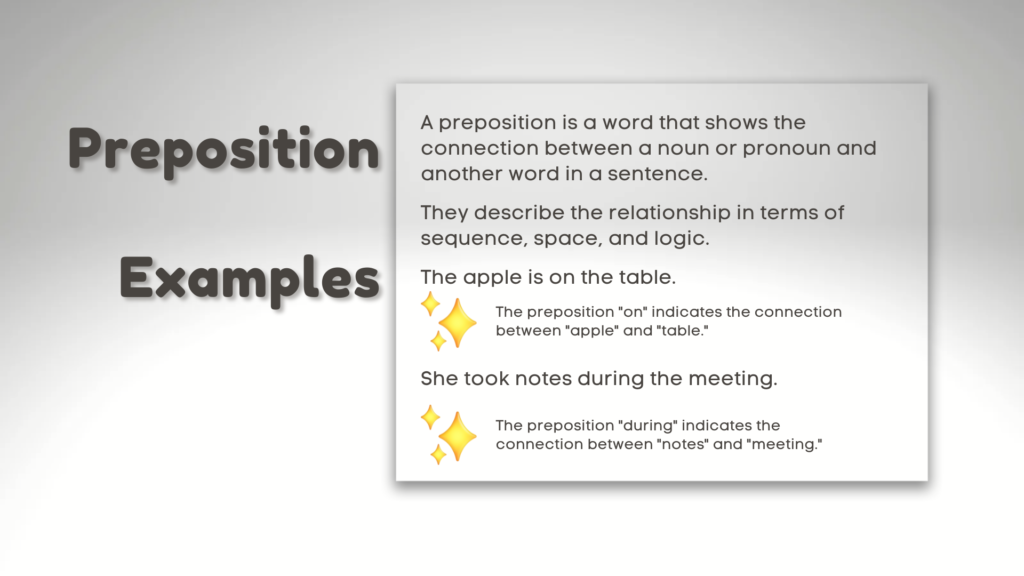
Prepositions are essential for connecting sentence elements and indicating relationships like direction and location. They clarify where and when things happen. For instance, in shows the cat’s location in The cat is in the box. Other common prepositions such as on, under, and between also convey important positional and temporal details in sentences.
Common types of Prepositions (explained, with examples)
There are different types of preposition.
Prepositions of Place
These words indicate where something is situated. They help us understand the position of an object in relation to other things.
Example in sentences.
The keys are on the table.
The dog is in the yard.
The cat is under the bed.
Preposition of time
These prepositions indicate when something happens or how long it lasts.
Examples: at, on, in, during, before, after
Examples in sentences:
“The meeting is at 3 p.m.”
“She was born in January.”
“We will leave after lunch.”
Prepositions of Direction/Movement
Prepositions of direction and movement are fascinating little words that help us describe how we navigate our world.
Examples: to, into, onto, through, toward
Examples in sentences:
“She walked to the store.”
“The children ran into the playground.”
“He drove toward the city.”
Prepositions of Manner
These prepositions describe how something is done.
Examples: by, with, like, as
Examples in sentences:
“She solved the problem with ease.”
“He traveled by car.”
Prepositions of Cause, Reason, or Purpose
These prepositions indicate why something happens.
Examples: for, because of, due to, on account of
Examples in sentences:
“The concert was canceled because of the rain.”
“He got a reward for his hard work.”
Prepositions of Accompaniment
These prepositions show the idea of being together or in the company of someone or something.
Examples: with, without
Examples in sentences:
“She went to the cinema with her friends.”
“He went to the party without his brother.”
Prepositions of Instrument or Means
These prepositions show the means or instrument used to do something.
Examples: by, with, on
Examples in sentences:
“She cut the paper with scissors.”
“He communicated by email.”
Prepositions of Possession
These prepositions indicate ownership or possession.
Examples: of, with
Examples in sentences:
“A friend of mine is coming over.”
“She has a book with a blue cover.”
Commonly Used Prepositions
Simple prepositions: in, on, at, to, for, with, about, by, under, over, between
Compound prepositions: in front of, on top of, because of, in spite of, in addition to, out of
Prepositional Phrase
A prepositional phrase consists of a preposition and its object (noun or pronoun) and may also include modifiers.
Prepositional phrases functioning as adverbs modify verbs, adjectives, or other adverbs, providing additional information about how, when, where, or to what extent something happens.
Example: “The book on the table is mine.”
“on” = preposition
“the table” = object of the preposition
Prepositions play a key role in structuring meaning in sentences, making them essential for understanding relationships between elements in language.
MCQ’s
1. Choose the correct preposition to complete the sentence:
The cat jumped ___ the table.
a) in
b) on
c) at
d) under
Answer: b) on
2. Which of the following is a preposition of time?
a) before
b) between
c) above
d) with
Answer: a) before
3. Fill in the blank with the correct preposition:
He is good ___ playing the piano.
a) at
b) on
c) to
d) in
Answer: a) at
4. Choose the sentence that uses the preposition “through” correctly:
a) He walked through the street.
b) She walked through the door.
c) The book is through the table.
d) They walked through the city.
Answer: b) She walked through the door.
5. Which of the following sentences uses the preposition “with” correctly?
a) She went to the movies with her friends.
b) He is sitting with the chair.
c) I wrote the letter with paper.
d) He plays soccer with Monday.
Answer: a) She went to the movies with her friends.
6. Choose the preposition that fits in the sentence:
She was born ___ 1995.
a) at
b) on
c) in
d) during
Answer: c) in
7. Which sentence contains a preposition of direction?
a) She is standing in the kitchen.
b) They walked to the park.
c) The dog is under the table.
d) He is working at the office.
Answer: b) They walked to the park.
8. Fill in the blank with the correct preposition:
The keys are hidden ___ the couch.
a) under
b) on
c) over
d) behind
Answer: a) under
9. Choose the correct preposition to complete the sentence:
He apologized ___ being late.
a) about
b) for
c) with
d) in
Answer: b) for
10. Which of the following sentences uses a preposition of accompaniment?
a) She went to the park with her brother.
b) He lives in the city.
c) We are traveling to London next week.
d) The movie will start at 7 p.m.
Answer: a) She went to the park with her brother.
11. Fill in the blank with the correct preposition:
We will meet ___ 3 p.m. tomorrow.
a) at
b) on
c) in
d) by
Answer: a) at
12. Which sentence uses the preposition “by” correctly?
a) The book is by the table.
b) She walked by the store.
c) He is standing by the door.
d) I will finish the project by the end of the month.
Answer: d) I will finish the project by the end of the month.
13. Choose the correct preposition to complete the sentence:
I walked ___ the park to reach the bus stop.
a) into
b) on
c) through
d) at
Answer: c) through
14. Which of these sentences uses a preposition of place?
a) She is looking for her keys.
b) I will call you after dinner.
c) The dog is lying on the bed.
d) We are leaving in an hour.
Answer: c) The dog is lying on the bed.
15. Select the correct preposition to complete the sentence:
They were talking ___ the phone when I called.
a) in
b) with
c) by
d) on
Answer: d) on
Conclusion:
Prepositions are essential components of language that help clarify the relationships between different elements in a sentence. They can be categorized into various types, including simple, compound, and complex prepositions, each serving specific roles. Understanding how to use prepositions correctly is crucial for effective communication and writing. By familiarizing yourself with these words and their functions, you can enhance your language skills significantly. So take some time to practice using prepositions in your everyday conversations and writing!
FAQ’s:
1. What is a preposition?
A preposition is a word that shows the relationship between a noun or pronoun and other words in a sentence, often indicating location, direction, or time.
2. Can you give examples of common prepositions?
Yes! Common prepositions include in, on, at, under, between, and with.
3. What are the different types of prepositions?
There are several types, including prepositions of place (e.g., under), time (e.g., before), direction (e.g., to), and manner (e.g., by).
4. How do I know which preposition to use?
The choice depends on the context of your sentence, specifically what relationship you want to express regarding time, place, or direction.
5. Can two prepositions be used together?
Yes, some phrases use two prepositions together, such as “in front of” or “out of.”
6. Are there differences between American English and British English regarding prepositions?
Yes, there can be slight variations in usage; for example, Americans may say “on the weekend,” while Brits typically say “at the weekend.”
7. Do all languages have prepositions?
Most languages have similar elements that show relationships between words, but they might not always function exactly like English prepositions.
8.Can I end a sentence with a preposition?
Yes! Ending a sentence with a preposition is perfectly acceptable in modern English if it makes the sentence sound more natural.
9.What is a prepositional phrase with an adverb?
Adverbial prepositional phrases modify verbs, adjectives, or adverbs, providing information about time, place, manner, cause, condition, or purpose. Examples: “He ran in the park.” (modifies the verb “ran” to indicate where he ran) “She spoke with confidence.” (modifies the verb “spoke” to indicate how she spoke)
